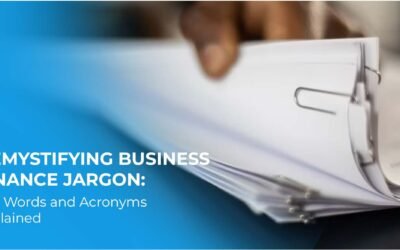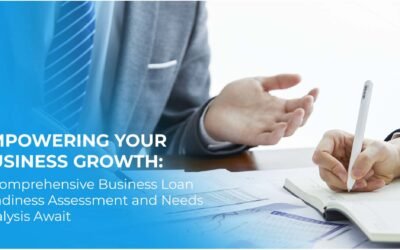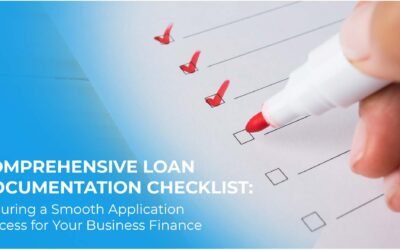What is Asset Finance? : Everything You Need to Know

What Is Asset Finance?
Purchasing a business asset is often decided upon with a cost-benefit analysis. Further complexities are added when businesses look to make these purchases with an eye on impending tax events.
As the government budget has recently made depreciation made less generous, that decision becomes more time sensitive. Temporary full expensing (TFE) will cease and be replaced by a $20,000 instant asset write-off (IAWO) from 1 July 2023.
Under this change, small businesses (aggregated annual turnover of less than $10 million) will be able to immediately deduct the full cost of eligible assets costing less than $20,000 that is first used or installed ready for use between 1 July 2023 and 30 June 2024.
Assets valued at $20,000 or more (which cannot be immediately deducted) will be placed into a small
business simplified depreciation pool and depreciated at 15% in the first income year and 30% each income year thereafter.
For larger businesses, the write-off threshold is cut to $1,000. TFE, which allows eligible businesses with a turnover of less than $5 billion to deduct the full cost of eligible depreciable assets of any value is however still available up to 30 June
2023. What this means: This may impact your business’s cash flow when acquiring assets above the relevant thresholds as your depreciation deductions will not be claimable upfront.
What is Equipment Finance?
Equipment finance refers to the various financial instruments that businesses and individuals use to purchase or lease equipment. Here are some of the different types of equipment finance:
Equipment Loans:
Equipment loans are a type of financing that allows businesses to purchase equipment with a lump sum payment and pay it back over a fixed period of time with interest.
Equipment Leases:
Equipment leasing allows businesses to rent equipment for a period of time and return it when the lease term ends. The lease may include an option to buy the equipment at the end of the lease term.
Sale and Leaseback:
This financing option allows businesses to sell their owned equipment to a leasing company, which then leases it back to them. This option provides businesses with cash upfront while still allowing them to use the equipment.
Equipment Rental:
Equipment rental is a short-term option that allows businesses to rent equipment for a specific project or period of time.
Equipment Line of Credit:
This type of financing provides businesses with a line of credit that they can use to purchase or lease equipment as needed.
Asset-Based Lending:
Asset-based lending is a financing option that uses a company and assets, such as equipment, as collateral for a loan.
What Equipment Finance is Best for Me?
Overall, the type of equipment finance that is best for a business will depend on their unique financial situation, cash flow needs, and the type of equipment they need to purchase or lease.
The best time to finance an asset depends on various factors, including the type of asset, current market conditions, interest rates, and your financial situation. However, there are a few general considerations to keep in mind when deciding when to finance an asset:
Interest rates:
When interest rates are low, it can be an excellent time to finance an asset because you’ll pay less in interest over the life of the loan.
Cash flow:
If you don’t have enough cash on hand to purchase the asset outright, financing can help you acquire the asset and spread the cost over time.
Depreciation:
If the asset depreciates quickly, it may be better to finance it rather than pay for it in cash upfront, as you’ll avoid tying up too much of your capital.
Investment return:
If the asset is expected to generate a higher return than the cost of financing, it may make sense to finance it.
Timing: Consider the timing of your purchase. If you need the asset right away and don’t have the cash to pay for it upfront, financing may be the best option.
In general, it’s important to carefully evaluate your financial situation, the asset, and the current market conditions before deciding when to finance an asset. Consulting with a financial advisor or accountant can also be helpful in making an informed decision and of course, we are here to help with your bespoke financing needs.
Key Choice Lending – Experts in helping finance the people and businesses that make Australia Great. Book here for personalised advice.
Your full financial needs and requirements need to be assessed prior to any offer or acceptance of a loan product. Credit Representative 508009 is authorised under the Australian Credit
Licence 538623.





